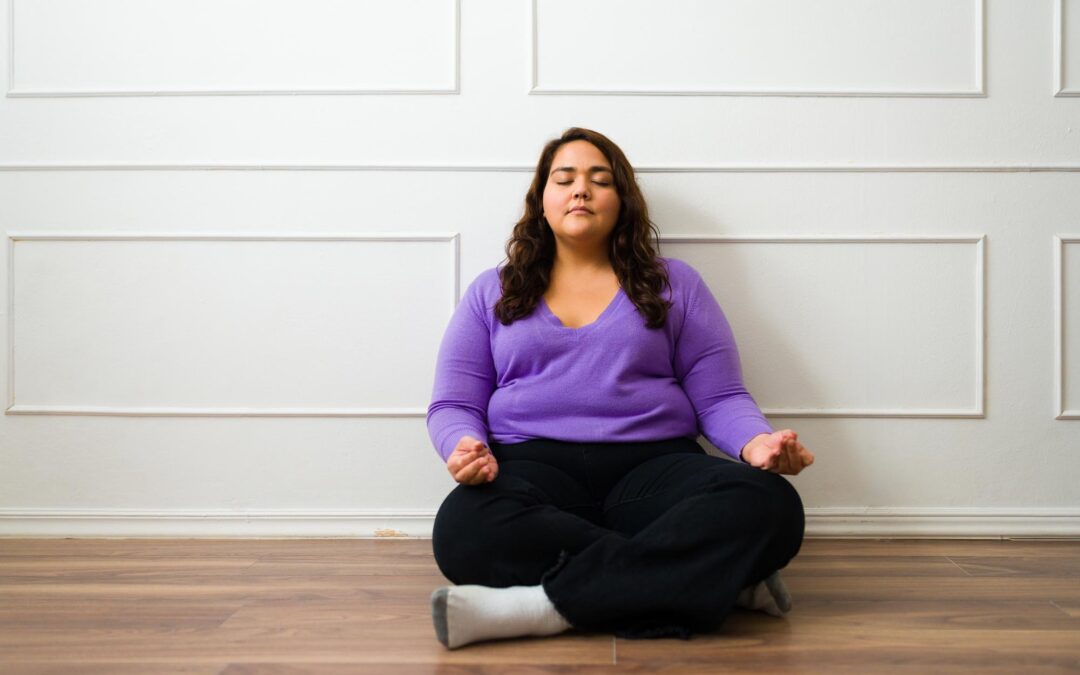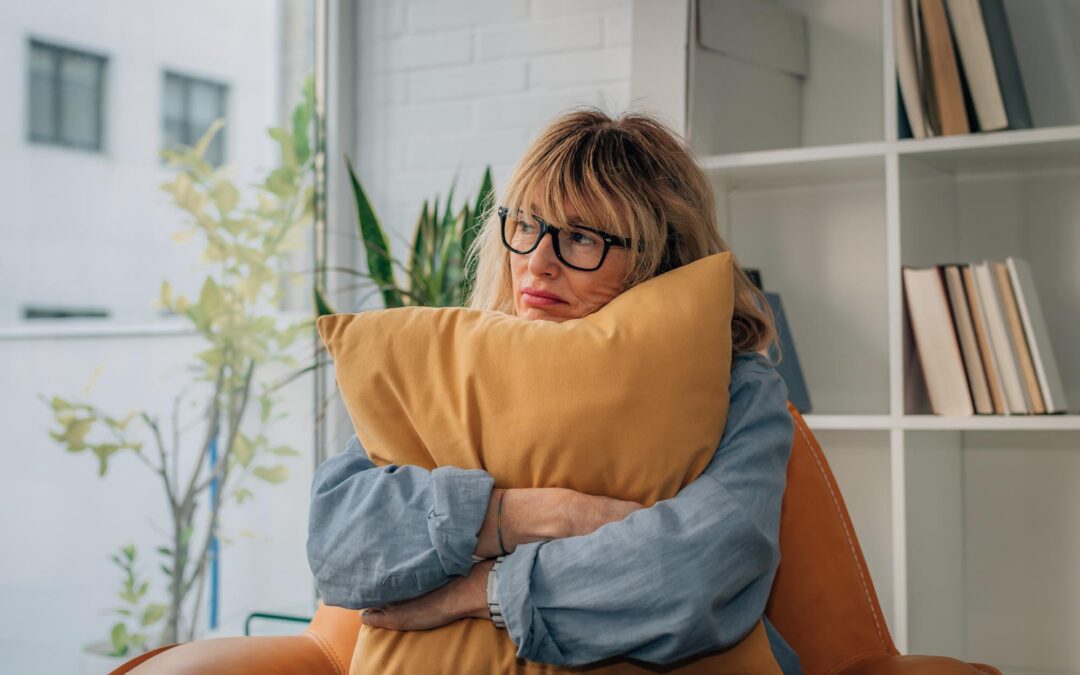In our fast-paced world, prioritizing mental health is crucial. While traditional talk therapy remains a cornerstone of treatment, there’s a growing recognition of the power of creative expression for healing. Art therapy, a form of psychotherapy that utilizes artistic activities, empowers individuals to explore their emotions, thoughts, and experiences in a safe and supportive environment.
This article delves into the therapeutic benefits of art therapy, highlighting how artistic expression can be a powerful tool for promoting mental well-being. Whether you’re struggling with anxiety, depression, or past trauma, art therapy can offer a unique pathway towards self-discovery and emotional processing.
Unlocking the Power Within: How Art Therapy Works
Art therapy operates on the fundamental principle that creating art is a form of communication. Unlike traditional talk therapy, where verbal expression is central, art therapy allows individuals to express themselves nonverbally through paint, clay, music, movement, or other creative mediums. This can be particularly beneficial for those who find it difficult to articulate their emotions verbally.
During a typical art therapy session, a qualified therapist guides individuals through creative exercises designed to explore specific themes or challenges. There’s no pressure to create masterpieces; the focus lies on the process itself, allowing emotions to flow freely through artistic expression. The therapist then helps clients interpret their artwork, fostering deeper self-awareness and insight into their emotional landscape.
The Therapeutic Benefits of Art Therapy
The beauty of art therapy lies in its multifaceted benefits for mental health. Here are some key ways engaging in artistic activities can support your well-being:
Emotional Processing
Art provides a safe space to explore difficult emotions like anger, sadness, or fear. By externalizing these emotions through art, individuals can begin to understand and manage them more effectively.
Stress Reduction
The repetitive motions involved in creative activities can induce a state of relaxation, lowering cortisol (stress hormone) levels and promoting a sense of calm.
Improved Self-Awareness
Art therapy allows individuals to connect with their inner selves, fostering a deeper understanding of their thoughts, feelings, and motivations.
Enhanced Communication Skills
Nonverbal communication is a core aspect of art therapy, helping individuals develop alternative ways of expressing themselves that can complement verbal communication.
Increased Self-Esteem
Creating art allows individuals to experience a sense of accomplishment and pride, boosting self-confidence and promoting a positive self-image.
Developing Coping Mechanisms
Art therapy equips individuals with tools for managing negative emotions and coping with challenging situations.
Building Resilience
The therapeutic process fosters emotional resilience, allowing individuals to navigate life’s difficulties with greater strength and coping skills.
Art Therapy and Specific Mental Health Conditions
Research suggests that art therapy can be particularly effective in addressing a range of mental health concerns, including:
Anxiety
Art therapy provides a calming outlet for expressing and managing anxiety symptoms.
Depression
Engaging in creative activities can combat feelings of hopelessness and isolation associated with depression, fostering a sense of purpose and achievement.
Trauma
Art therapy offers a safe space to process traumatic experiences in a nonverbal way, promoting healing and emotional release.
Eating Disorders
Artistic expression can help individuals with eating disorders explore their body image concerns and develop a healthier relationship with food.
Addiction
Art therapy can be a valuable tool in addiction recovery, providing a positive outlet for self-expression and emotional processing.
For more information on specific mental health conditions treated at Lightwork Therapy, visit the Programs page.
Art Therapy for Everyone
The beauty of art therapy lies in its accessibility. No prior artistic experience is necessary! Art therapy sessions are designed to be inclusive and welcoming for individuals of all ages and abilities. Whether you’re a seasoned artist or haven’t picked up a paintbrush since childhood, art therapy can be a transformative experience.
To learn more about Lightwork Therapy’s team of qualified therapists, visit the Meet The Team: https://lightworktr.com/about/meet-the-team/ page.
Getting Started with Art Therapy
If you’re curious about exploring the benefits of art therapy, here are some steps to get started:
- Research: Look for a qualified art therapist in your area. The American Art Therapy Association (American Art Therapy Association: https://www.arttherapy.org/)
Finding Your Creative Voice: Different Art Therapy Techniques
Art therapy utilizes a wide range of creative modalities to cater to individual preferences and goals. Here’s a glimpse into some popular art therapy techniques:
Visual Arts
Painting, drawing, sculpting, and collage are common avenues for expression. The choice of colors, mediums, and subject matter can reveal hidden emotions and thought patterns.
Mandala Drawing
Creating circular patterns can be deeply meditative, promoting focus and relaxation.
Music Therapy
Engaging with music can evoke emotions, memories, and facilitate self-expression through music creation, playing instruments, or composing songs.
Movement Therapy
Exploring movement and dance allows individuals to connect with their bodies and express emotions in a physical way.
Sandplay Therapy
Creating scenes in a sandbox using miniature objects can be particularly helpful for children and individuals who struggle with verbal communication.
To learn more about different art therapy techniques, visit the Art Therapy Techniques page on Mayo Clinic.
The art therapist will collaborate with you to identify the most suitable techniques to address your specific needs and preferences.
Embracing the Journey: What to Expect from Art Therapy
Here’s a general idea of what to expect during an art therapy session:
- Initial Assessment: The therapist will discuss your goals and challenges to create a personalized treatment plan.
- Art Making: You’ll be guided through creative exercises designed to explore specific themes.
- Discussion: After creating art, you’ll have the opportunity to discuss your artwork with the therapist, gaining deeper insights into your emotions and experiences.
- Home Practice: The therapist may suggest creative activities to continue your exploration outside of sessions.
It’s important to remember that art therapy is a journey, not a destination. Be patient with yourself and allow the creative process to unfold organically. The more you engage, the greater the potential benefits you’ll experience.
The Takeaway: Unleashing Your Inner Artist for Mental Wellbeing
Art therapy offers a unique and powerful approach to improving mental health. By embracing creative expression, you can cultivate greater self-awareness, develop healthier coping mechanisms, and foster emotional resilience. Whether you’re seeking stress relief, navigating a mental health challenge, or simply looking for a new way to explore your inner world, art therapy can be a transformative experience.
If you’re ready to begin your art therapy journey, contact Lightwork Therapy today: https://lightworktr.com/contact/. We offer a safe and supportive environment to explore your creativity and unlock your inner potential for healing and growth.





